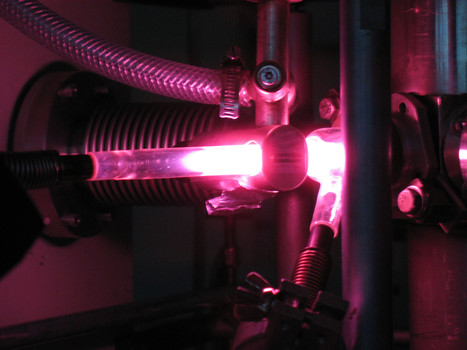Key portions of sugar related aldehydes may have been deposited on Earth and planets similar to Earth as a result of the reaction of ice that exists between the stars and ammonia. These are the findings of Louis Le Sergeant d’Hendecourt from the Institut d’Astrophysique Spatiale at the Université Paris-Sud and colleagues based on a series of laboratory experiments.
Previous research has shown that amino acids that are necessary for life on Earth as we presently know it could have been formed in space and deposited on Earth at some time in the distant past. The new study shows that water and ammonia can react together in the presence of the proper wavelengths of light to produce 10 aldehydes. Two of the reaction products, glyceraldehyde and glycoaldehyde, are considered to be necessary for the formation of sugars and carbohydrates for life.
Most stars produce the necessary wavelengths of light to catalyze the reaction. The reaction is a light induced chemical reaction. This type of reaction is necessary in space due to the low temperatures that would inhibit most chemical reactions.
The researchers measured the creation of the aldehyde molecules with gas chromatography coupled with time-of-flight mass spectrometry. The results indicate that one of the key elements for life could have been available in abundance on or around Earth as long as 4.2 billion years ago. Similarly, the same reactions could have made this component of life available on planets similar to Earth throughout the universe.















